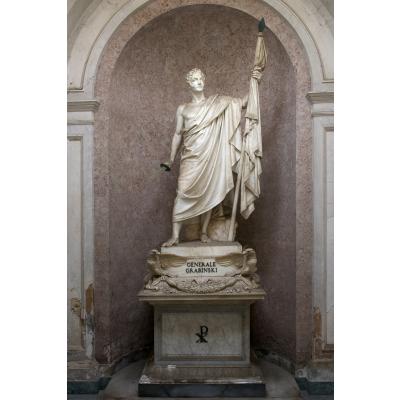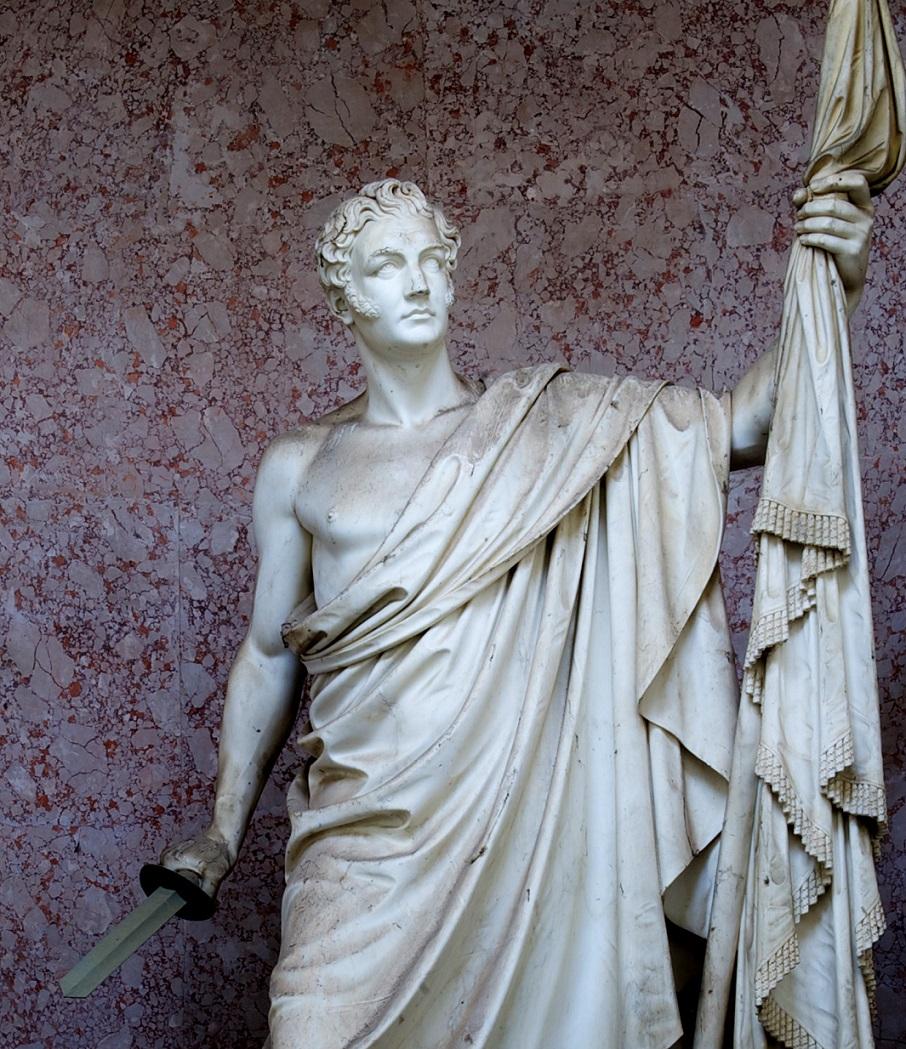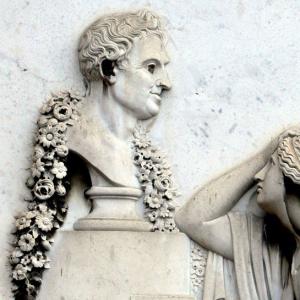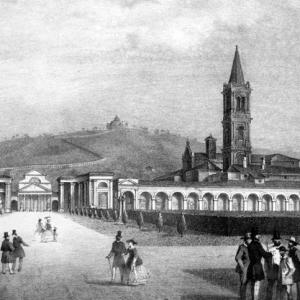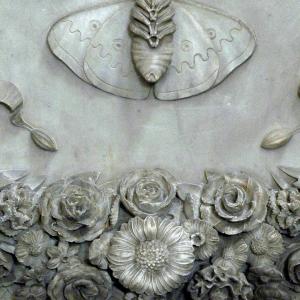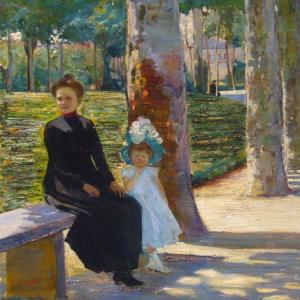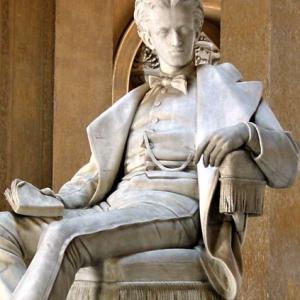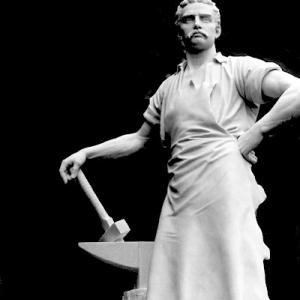Schede
The polish officer Giuseppe Grabinski, was notorious personage in the first half of nineteenth century, for his heroic military campaigns as well as for his gallant exploits. He was one the most important collaborators of Napoleon I, he covered high roles in the government until 1807, when dissensions with the Emperor, puts an end to his official duties. He settled himself permanently in Bologna from this year and he became one of the political and military leaders of insurrection of the 1831. He helped to organize, in the quality of military chief, the forces of the Democratic party. His liberalism and integrity lets him to gain the gratitude of Bologna.
When he died in 1843, at the age of 70 years, his tomb was erected in the chapel of the Cloister V, but only in 1861 it was inaugurated. The architectural design was made by Giuseppe Mengoni, best known as the author of the Galleria Vittorio Emanuele in Milan. The commission of his statue had been given by the family to the sculptor of Carrara, Carlo Chelli (1807-1877). The artist projected the realization of the sculpture, though the basement had been the work of Massimiliano Putti. The heroic representation of the general in classic roman robe, a heavily draped dress, realized in the more classical revival, mirrors the ideas and cultural roots of the artist's neoclassicism. The statue is located in the family chapel, iconic in its posture of command with the flag in his left hand and the sword on his right. The evident preference of the sculptor for the archaic against the modern connects his style and his work to the first neoclassicism. Chelli realized also the monument dedicated to the marchese Marescotti, now in the Cento city, and the Rusconi monument. In the 1844, Chelli had received the most important assignment of his carrier, the statue of the Vergine's and the Child. The sculpture would have replaced some statues present in the central chapel of Dalle Masegne's altar, belonging to the S. Francesco Church, dated around the 1300 but suppressed at Chelli's time. Carlo Chelli had his artistic education in the most pure neoclassical tradition. At the age of 18 years old, he entered the accademy of Carrara, where he received several awards. In 1830, he won the position of Pensionato Romano, but only two years after, he settled in Rome where he followed the lectures of the neoclassical sculptor Carlo Finelli. He arrived in Bologna around 1840, where he received several orders and participated at the Exposition of Fine Arts of 1844 with a little statue of Madonna in white marble. He returned definitively in Rome after this date and worked for public and private assignments, executing several sculptures as the Prophet Ezechiel's statue, collocated on one side of the Immacolata Concezione in Piazza di Spagna.
Ilaria Cresta


